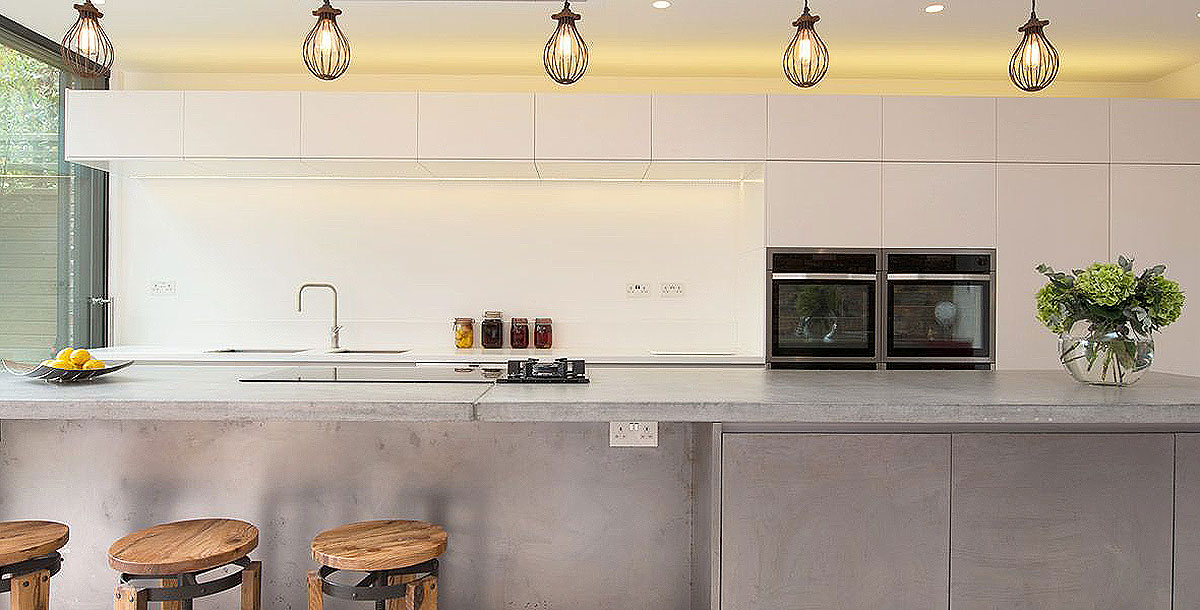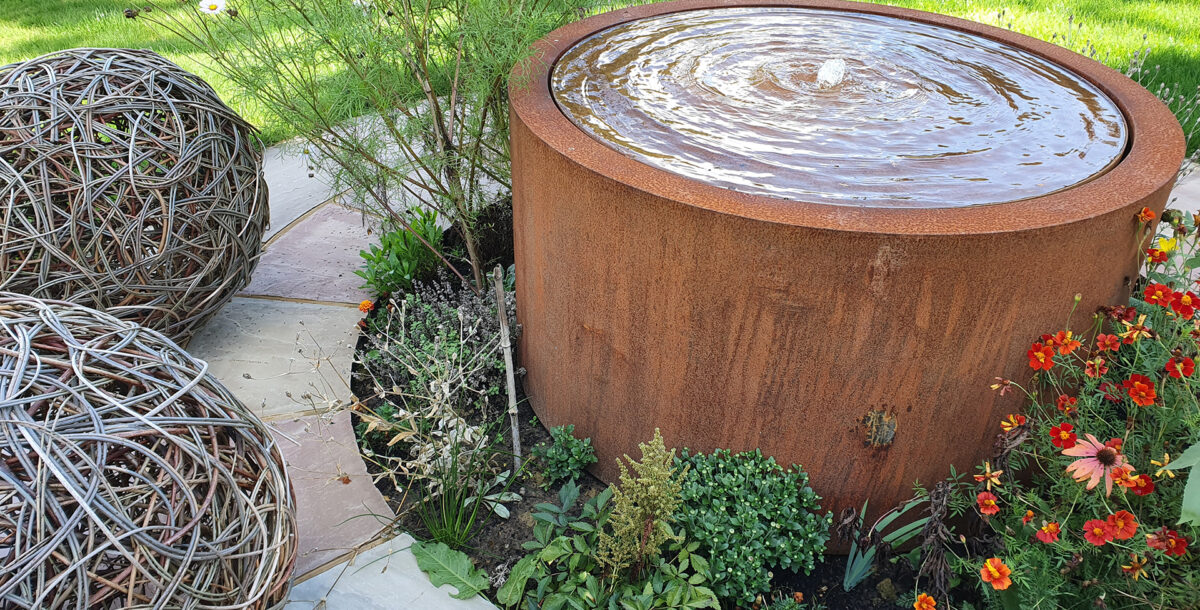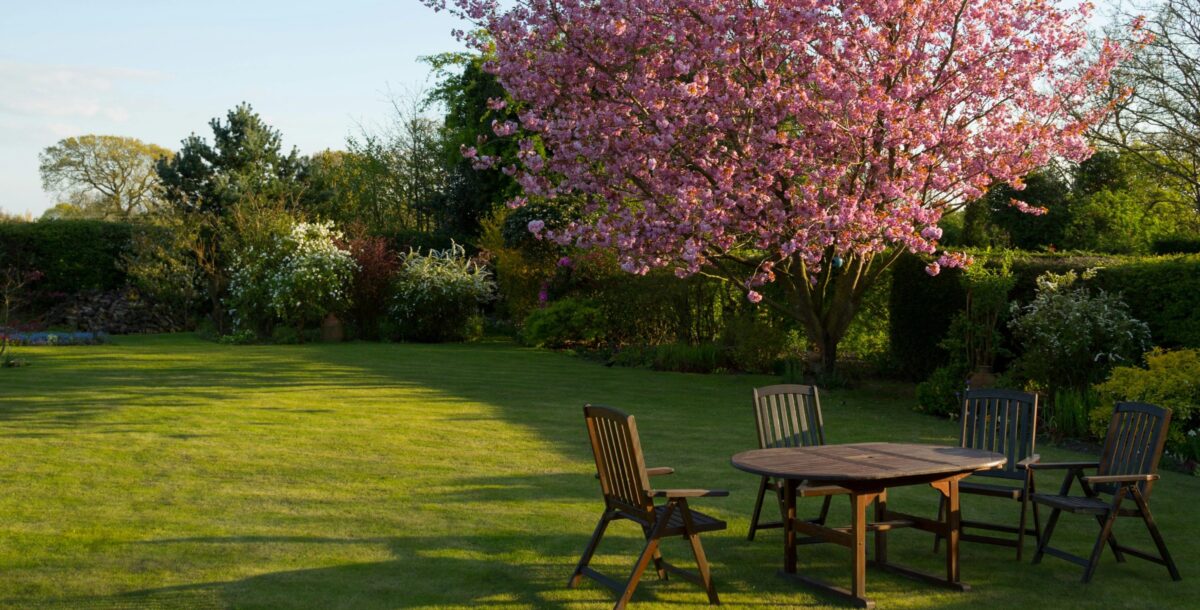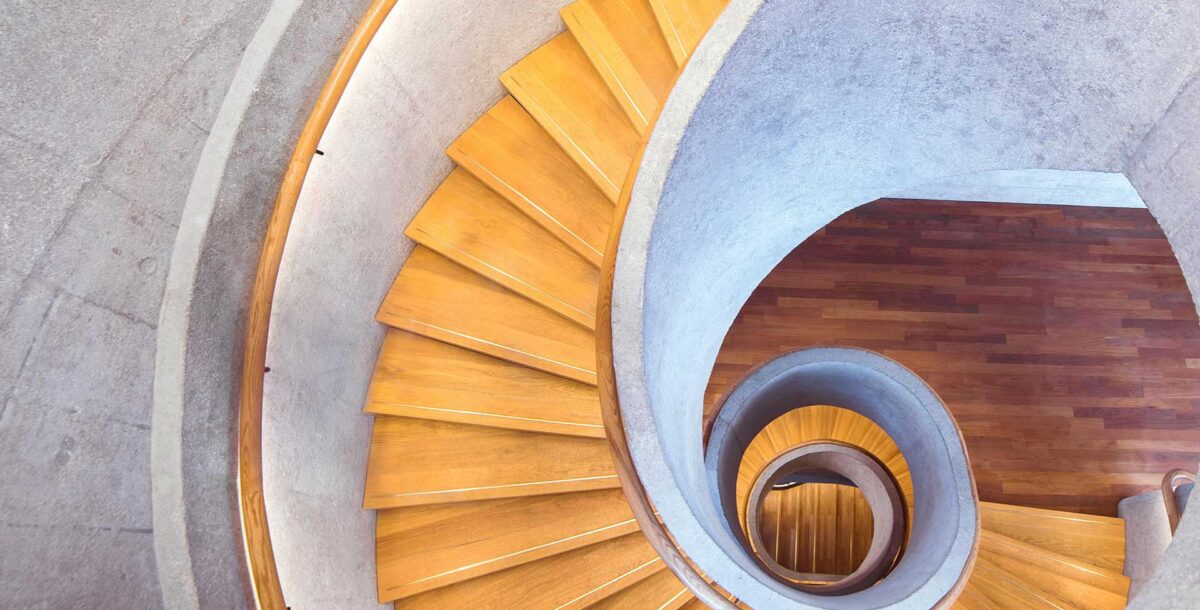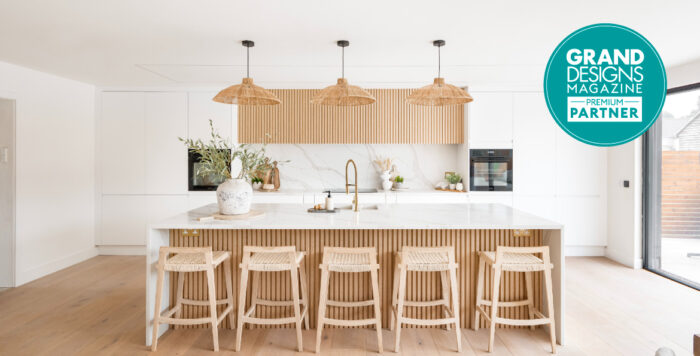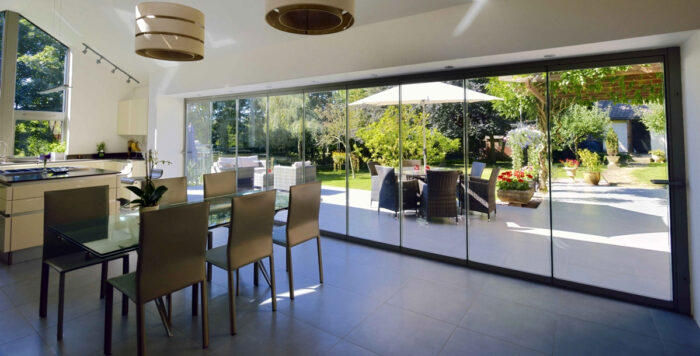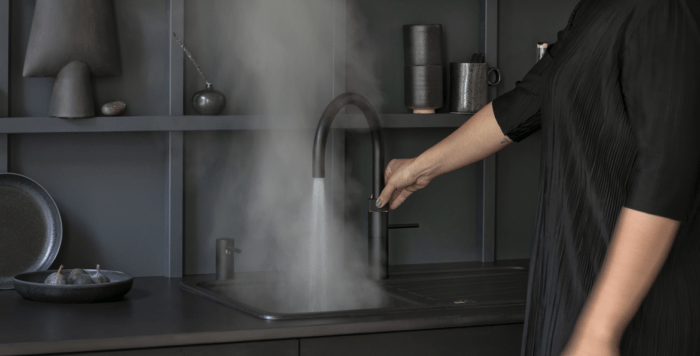Alternative materials for your kitchen scheme
Manufacturers are embracing bold metallic, concrete, porcelain and even leather
Traditionally, kitchens have come in a choice of wood, laminate or high-gloss lacquered or acrylic designs. Recently, however, a trend has emerged for utilising exciting, innovative and new materials such as concrete, metallics, porcelain and leather to help homeowners create a unique scheme.
Concrete is proving popular in urban settings, while metallics can inject a touch of glamour to a modern interior. For something smoother, look to porcelain or for a touch of luxury, choose rich dark leather.
Concrete
For that raw, urban look, consider concrete as a new kitchen material. Keith Atkins, director of design at DesignSpaceLondon, advises that natural stone can be unpredictable in terms of markings and colour, whereas a concrete-resin cement finish is lighter, less porous and far more interesting.
‘I think concrete is something that architects in the recent past have pushed through in quirky designs,’ adds David Hingamp, owner of Ar’Chic Architects. ‘This has helped people to accept it as a modern, versatile material. To me, it’s like a living thing, with its faults, variations and texture surprises.’
Concrete can be waxed, oiled, stained or left untreated and is extremely heavy and hard-wearing, so you need to ensure the floor below can take the weight.
It’s not a low-cost option, but when you compare it with high-end Corian or composite stones, it works out about the same. ‘It is versatile, though,’ adds kitchen designer Neil Lerner. ‘It can be shaped for walls, floors and worksurfaces.’
As concrete is colour-neutral, you can add interest to your scheme with bold, bright accessories and appliances, or keep it simple with sophisticated neutral shades and traditional timber accents.
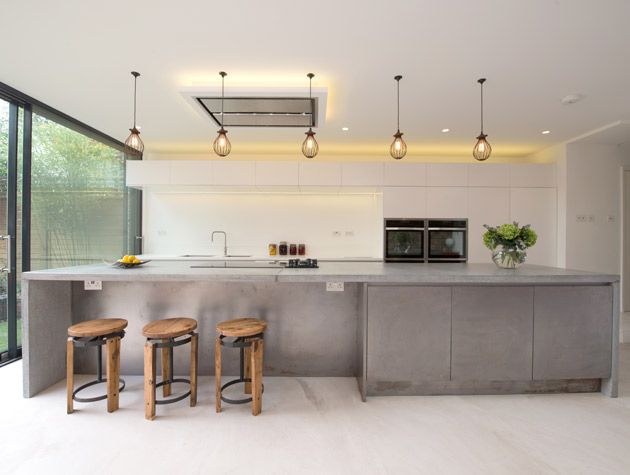
Photo: Archic Archictects
Leather
One of the biggest surprises in kitchen design of late is the use of leather as a new kitchen material, whether in an accent piece or fully-clad cabinets. This high-end look is likely to be costly – a kitchen with accents of leather will start at about £25,000.
Your designer should give you details on cleaning and caring for the leather, as it will need regular re-sealing or re-waxing to keep it in top condition.
Leather can have eco benefits, as shown by kitchen design company Smallbone, which used salmon leather in its Shan Gara kitchen. ‘Salmon leather is highly sustainable and versatile,’ says communications manager Richard Moss. ‘That such a beautiful material is discarded as a by-product of salmon farming is a shame. The skins are tanned like any other hide, and given a much tougher finish.’
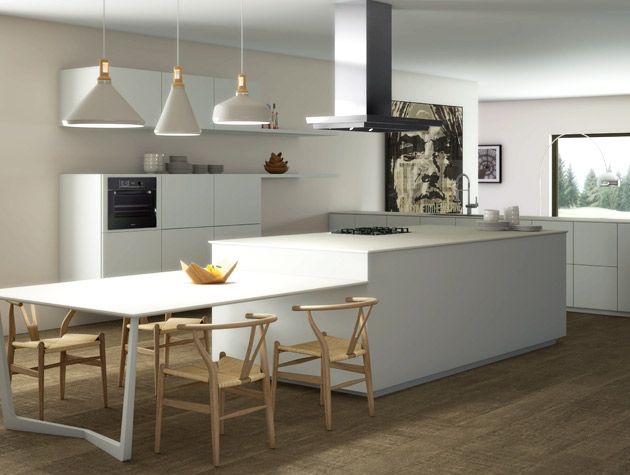
Photo: Domus Tiles
Metallics
As well as creating a luxury look, a metallic kitchen in silver or gold also has practical appeal – reflective surfaces are a good way to make a small room appear more spacious.
What’s more, Graham Robinson, showroom manager at Halcyon Interiors, explains that because the trend has filtered down from the fashion industry through to soft furnishings, using metallics in the kitchen can help to blend the culinary area with living and dining zones – great for the continuing popularity of open-plan social spaces.
If you’re after a more industrial style statement, opt for stainless steel or anodised aluminium. Reminiscent of a professional kitchen, metallic designs are robust and easy to clean.
However, metals can work well in a variety of styles: ‘The joy of mirror-polished stainless steel is that it can sit comfortably in both ultracontemporary and traditional homes,’ says Miles Hartwell, director at Splinter Works. ‘Flooring that will complement this material ranges from very minimal poured concrete or resin to stone tiles or a warmer wood floor.’
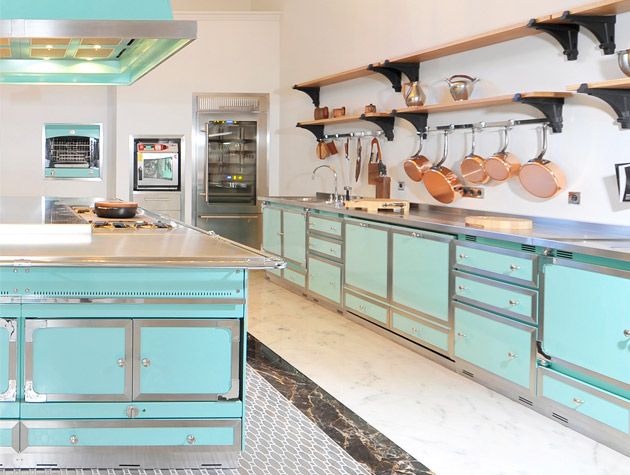
Photo: La Cornue
Porcelain
It may sound odd to use a material such as porcelain for a hardy cabinet finish or worktop, yet it’s surprisingly strong, and great for high-traffic areas. It also looks incredibly sleek, so it’s ideal for creating a contemporary-style kitchen.
‘Porcelain is completely non-porous, 100 per cent stain-proof and impervious to heat, making it perfect when used for kitchen furniture,’ says Sara Wells at Doca UK, ‘Admittedly, it’s slightly less favourable on the pocket than some materials, but the positive benefits and quality design aspect definitely win through.’ Prices start at approximately £12,000 for a complete kitchen.
Consider a smooth, natural-coloured design for a minimal, modern look, or a more rustic, coppered effect to create a classic, traditional scheme.

